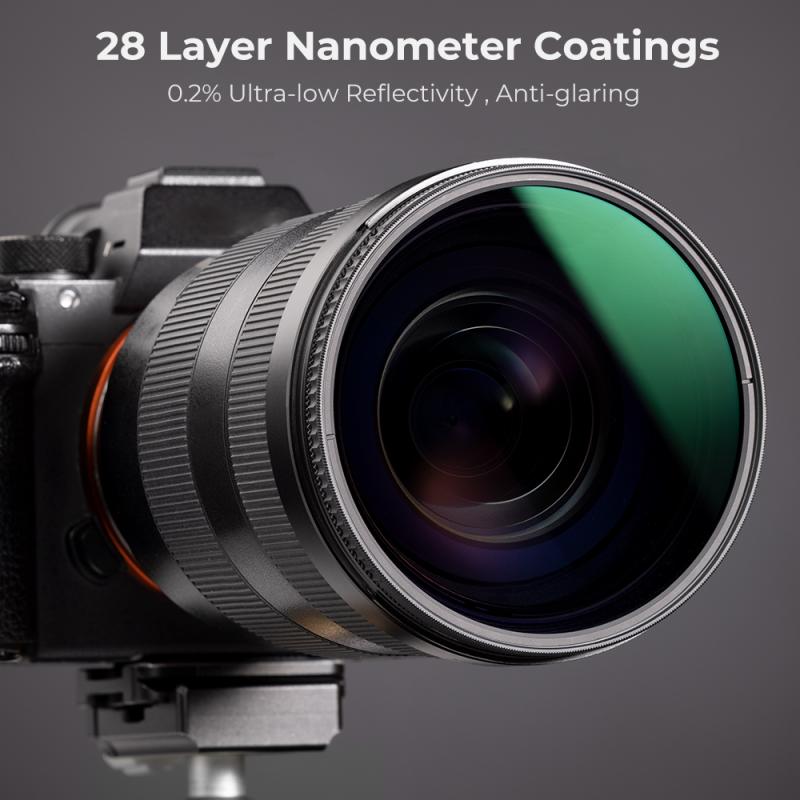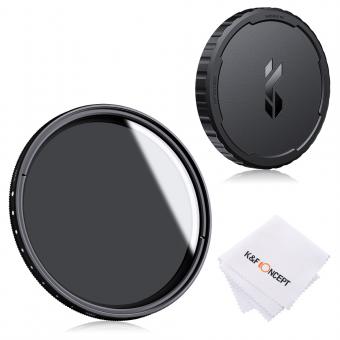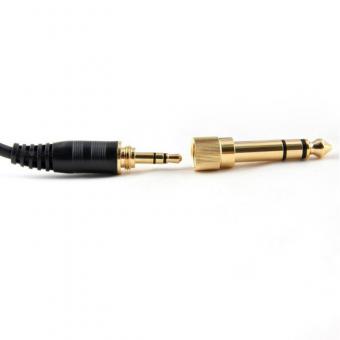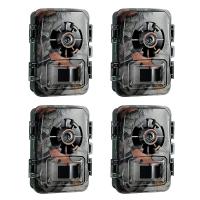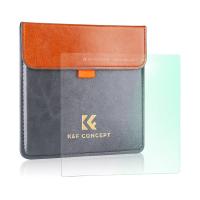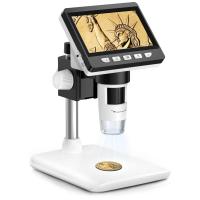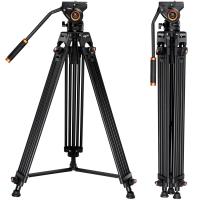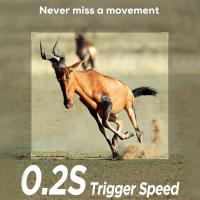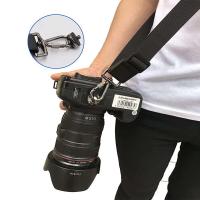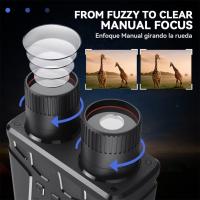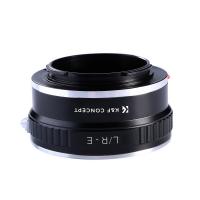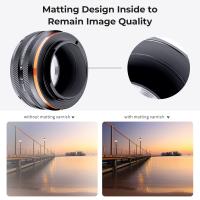What Is An Nd Filter For ?
An ND filter, short for Neutral Density filter, is a type of camera filter that reduces the amount of light entering the camera lens without affecting the color or hue of the image. It is essentially a darkened piece of glass or resin that is placed in front of the lens to block some of the light. ND filters are commonly used in photography and videography to achieve certain creative effects or to overcome exposure challenges. By reducing the amount of light, ND filters allow photographers to use slower shutter speeds or wider apertures in bright conditions, resulting in effects such as motion blur or shallow depth of field. They are particularly useful in situations where the available light is too bright for the desired camera settings.
1、 Definition and Purpose of ND Filters in Photography
An ND filter, short for Neutral Density filter, is an essential tool in photography that helps control the amount of light entering the camera lens without affecting the color or hue of the image. It is essentially a darkened piece of glass or resin that is placed in front of the lens to reduce the intensity of light reaching the camera's sensor.
The primary purpose of an ND filter is to allow photographers to achieve creative effects and overcome exposure challenges in various lighting conditions. By reducing the amount of light, ND filters enable photographers to use longer shutter speeds, wider apertures, or both, without overexposing the image. This is particularly useful in situations where there is too much light, such as when shooting in bright sunlight or capturing long-exposure shots during the day.
ND filters are commonly used in landscape photography to create motion blur effects in waterfalls, rivers, or clouds. They also help in achieving shallow depth of field in bright conditions, allowing photographers to isolate the subject from the background. Additionally, ND filters are useful for capturing cityscapes or architecture during the daytime, as they help in reducing the brightness of lights and preventing blown-out highlights.
In recent years, the use of ND filters has gained popularity in videography as well. Filmmakers often utilize ND filters to maintain a consistent shutter speed and achieve a cinematic look, especially when shooting in bright environments.
Overall, ND filters are versatile tools that provide photographers and videographers with greater control over exposure, allowing them to unleash their creativity and capture stunning images in a wide range of lighting conditions.
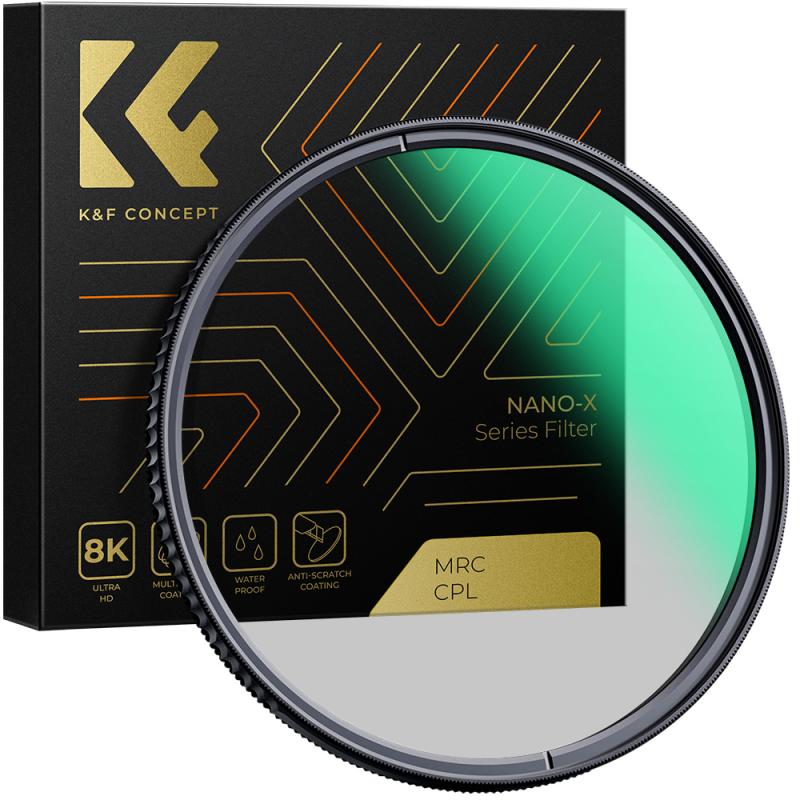
2、 Types of ND Filters: Solid, Graduated, Variable, and Reverse
An ND filter, short for Neutral Density filter, is a tool used in photography and videography to control the amount of light entering the camera lens. It is essentially a darkened piece of glass or resin that reduces the intensity of light without affecting the color or hue of the image.
The primary purpose of an ND filter is to allow photographers and videographers to achieve certain creative effects that would otherwise be difficult or impossible to achieve. By reducing the amount of light entering the lens, an ND filter enables the use of longer exposure times, wider apertures, or both. This can be particularly useful in situations where there is too much light, such as when shooting in bright sunlight or capturing long-exposure shots of moving water or clouds.
There are several types of ND filters available, each serving a specific purpose. Solid ND filters are uniformly dark and reduce the amount of light entering the lens by a fixed amount. Graduated ND filters, on the other hand, have a gradient effect, with one half being dark and the other half being clear. These filters are commonly used in landscape photography to balance the exposure between the bright sky and the darker foreground.
Variable ND filters are adjustable and allow photographers to vary the amount of light reduction by rotating the filter. This versatility makes them popular among photographers who need to quickly adapt to changing lighting conditions.
Reverse ND filters are a relatively new addition to the market. They are specifically designed for capturing sunrises and sunsets, where the brightest part of the scene is near the horizon. These filters have a darkened center and gradually become lighter towards the edges, helping to balance the exposure in such scenarios.
In recent years, the use of ND filters has become increasingly popular, especially with the rise of long-exposure photography and cinematic videography. They offer photographers and videographers greater control over exposure and allow for the creation of stunning visual effects.
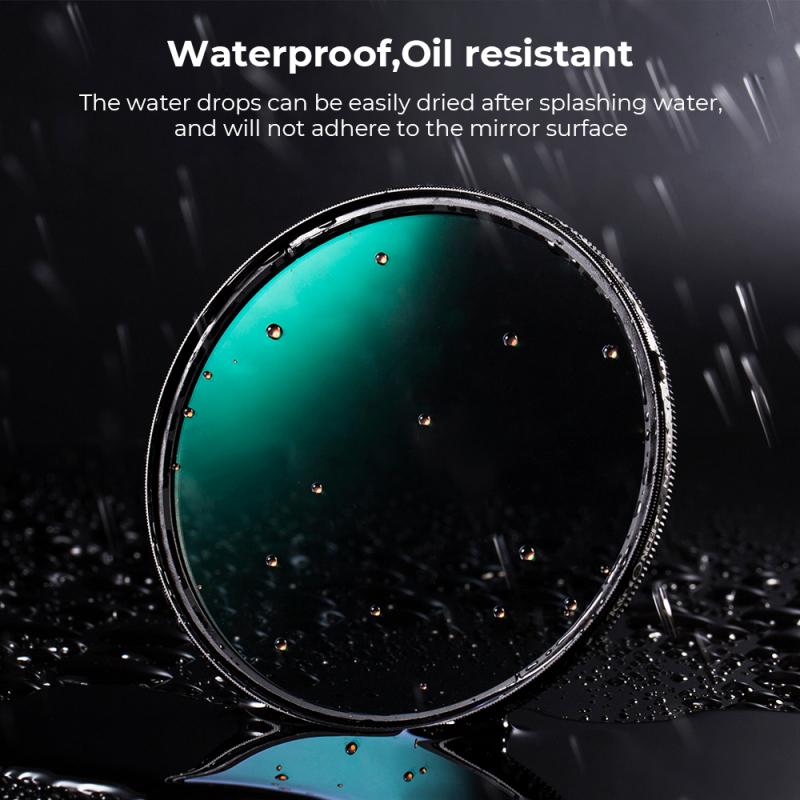
3、 ND Filter Strengths and F-stop Reductions
An ND filter, short for Neutral Density filter, is a tool used in photography and videography to control the amount of light entering the camera lens. It is essentially a darkened piece of glass or resin that reduces the intensity of light without affecting the color or quality of the image.
The primary purpose of an ND filter is to allow photographers and videographers to achieve certain creative effects that would otherwise be difficult or impossible to achieve. By reducing the amount of light entering the lens, an ND filter enables the use of longer exposure times, wider apertures, or both, without overexposing the image. This can be particularly useful in situations where there is too much light, such as when shooting in bright sunlight or capturing long-exposure shots of moving water or clouds.
ND filters come in different strengths, usually measured in stops. The strength of an ND filter determines the amount of light it blocks, and therefore the extent to which it reduces the exposure. Common strengths include ND2 (1-stop reduction), ND4 (2-stop reduction), ND8 (3-stop reduction), and so on. The higher the number, the darker the filter and the greater the reduction in light.
The use of ND filters has become increasingly popular in recent years, as photographers and videographers seek to achieve unique and creative effects. They are particularly useful in landscape photography, where they can be used to create motion blur in waterfalls or capture the movement of clouds. In videography, ND filters are often used to maintain a shallow depth of field in bright conditions, allowing for a more cinematic look.
In conclusion, an ND filter is a valuable tool for photographers and videographers, allowing them to control the amount of light entering the lens and achieve creative effects that would otherwise be challenging. The different strengths of ND filters provide varying levels of light reduction, enabling photographers to adapt to different lighting conditions and capture stunning images.
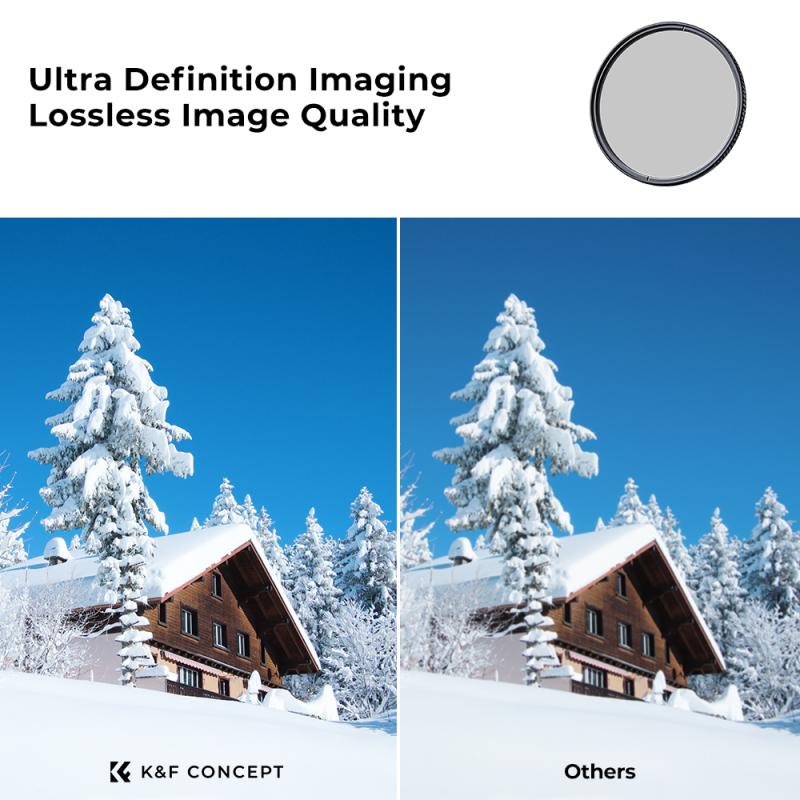
4、 Benefits of Using ND Filters: Controlling Exposure and Depth of Field
An ND filter, or Neutral Density filter, is a tool used in photography and videography to control the amount of light entering the camera lens. It is essentially a darkened piece of glass or resin that reduces the intensity of light without affecting the color or quality of the image.
The primary purpose of an ND filter is to control exposure. In situations where there is too much light, such as bright sunlight or when shooting long exposures, an ND filter can be used to reduce the amount of light entering the lens. This allows the photographer to use slower shutter speeds or wider apertures without overexposing the image. By controlling the exposure, an ND filter helps to achieve a more balanced and well-exposed photograph.
Another benefit of using ND filters is the ability to control depth of field. By using a wider aperture, such as f/2.8 or f/1.4, the photographer can create a shallow depth of field, resulting in a blurred background and a sharp subject. However, in bright lighting conditions, using a wide aperture may lead to overexposure. By using an ND filter, the photographer can maintain the desired aperture while reducing the amount of light, thus achieving the desired depth of field.
Additionally, ND filters can be used to create motion blur effects in photography or smooth out movement in videos. By using longer shutter speeds, such as during waterfalls or capturing moving objects, an ND filter can help create a sense of motion and add a creative element to the image.
In recent years, there has been a growing trend in using ND filters for long exposure photography. This technique involves using very long shutter speeds, often several seconds or even minutes, to capture the movement of elements such as water or clouds. ND filters are essential in such scenarios as they allow for the extended exposure times required to achieve the desired effect.
In conclusion, an ND filter is a versatile tool that offers several benefits in photography and videography. It allows for better control over exposure, depth of field, and the creation of unique motion blur effects. Whether capturing landscapes, portraits, or creative long exposures, an ND filter is a valuable accessory for any photographer or videographer.
